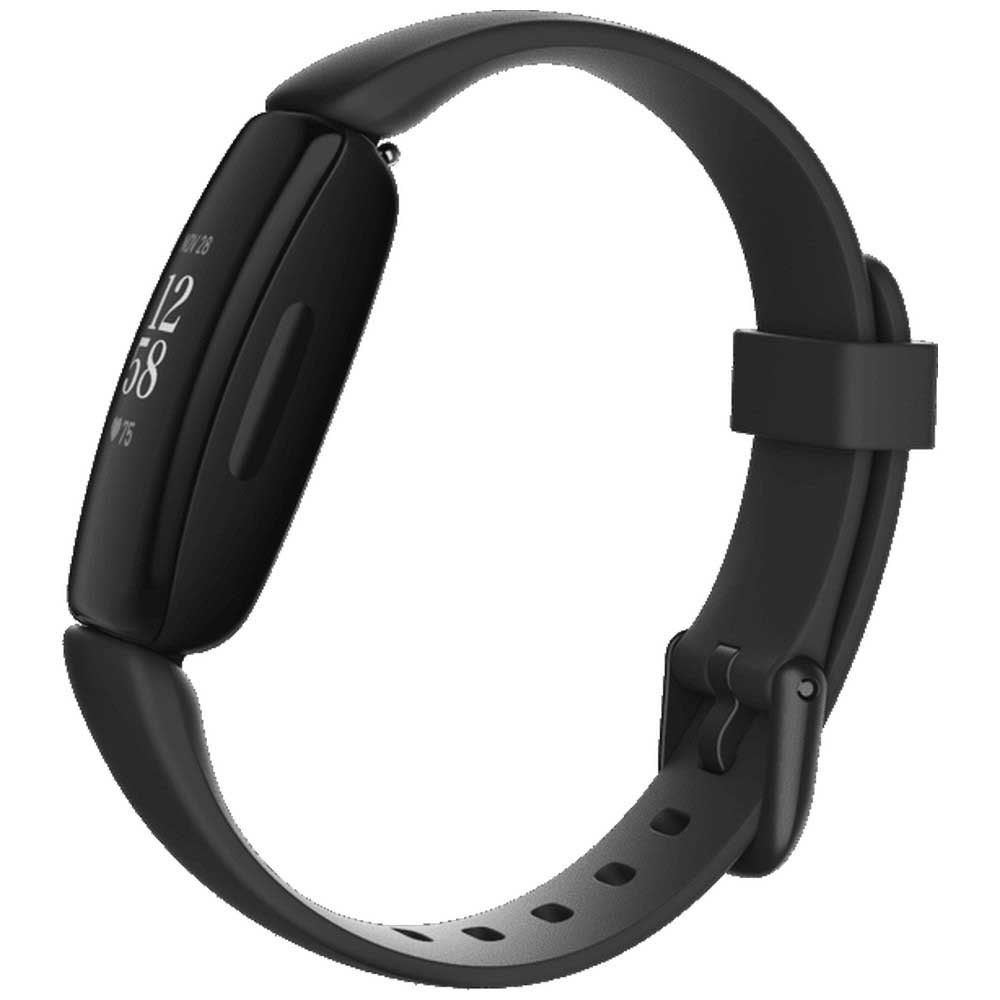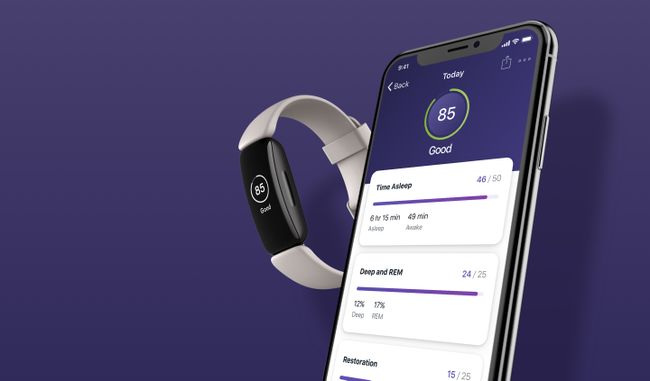



Having a display at all is a big step up from the outgoing Flex range. It makes interacting with the Inspire far more intuitive. What this means is that you can now swipe to switch between screens as you would on a touchscreen, like you would on your smartphone. The Inspire features an OLED screen that’s now a proper touchscreen, rather than a panel of the type seen on the Alta, which simply responded to recognising firm taps. After all, the Inspire range is for those who don’t want to wear a device that more resembles a smartwatch such as the new Fitbit Versa Lite or Fitbit Ionic. The actual tracking component sports the same rounded corners as the HR model, which serve to make the Inspire feel instantly more friendlier and approachable. On first glance, the Inspire is practically identical to the Inspire HR in terms of design. Perhaps this was Fitbit’s marketing intention all along, but it’s worth stretching to the Inspire HR if you can. However, for a meagre £20 saving, the number of features lacking as a result of its omission just isn’t worth it. Launched at the same time as the Fitbit Inspire HR, the Inspire does away with the PurePulse heart rate monitor in order to bring down the price. In a move to streamline its lineup of fitness trackers, the new Inspire range looks to replace the likes of the Alta, Flex, Zip and One as the new entry-level option.


 0 kommentar(er)
0 kommentar(er)
